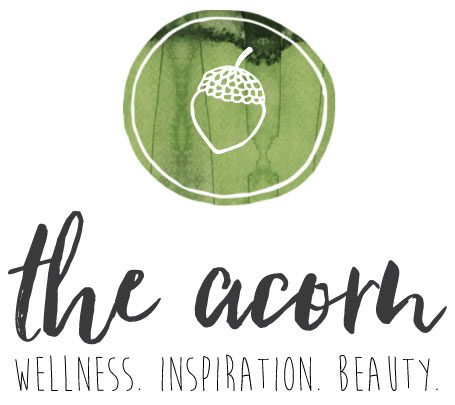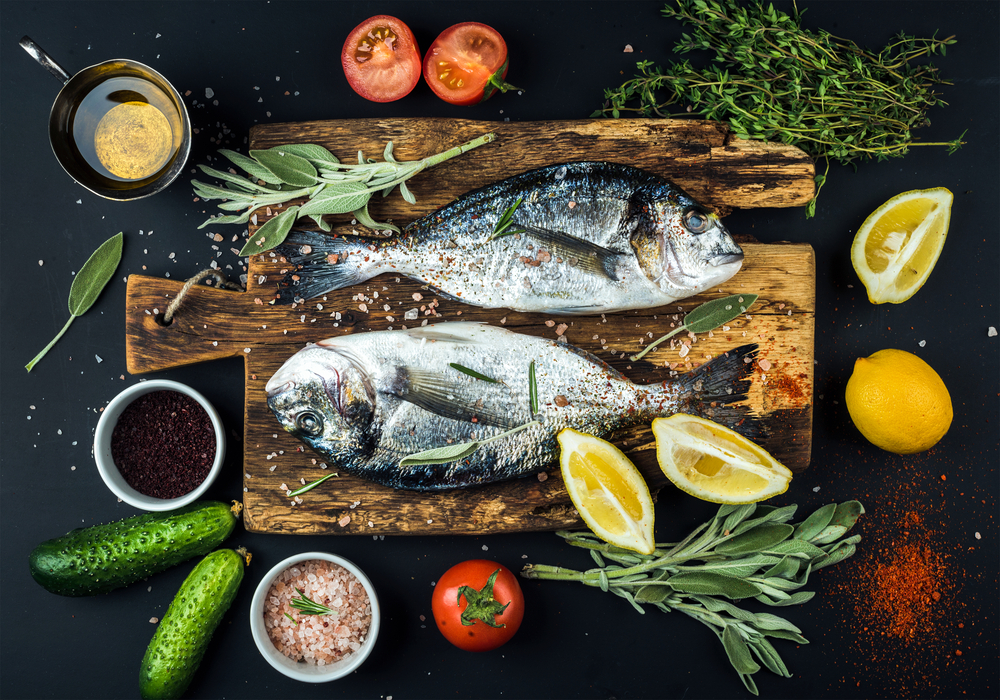We’re often told to eat more fish. That it’s a great source of protein, chock full of healthy fats and brain-boosting, heart-protecting Omega 3s. This is absolutely true. On the other hand, we’re also warned to avoid fish high in pollutants, heavy metals such as mercury, and species with declining populations. What to do?
Knowledge is Power
Conflicting information on the subject abounds. Unfortunately, various sources rate some fish as great choices, while others rate the very same species as those to avoid. A Google search quickly lands you in a confusing hodgepodge of fishy half-truths and skewed perceptions.
It may come as no surprise that the answer to where a fish lands on a given list lies in who releases the information. Some research is funded by lobby groups tasked with boosting sales, some rate by flavour, some judge sustainability, while others stack up nutritional content.
I sifted through this morass with two items in mind: the purity of a fish, and its sustainability. I figured flavour and nutritional value would fall into place as long as a given seafood was safe to eat and not overfished. After a little digging, I was happily surprised to find that
sustainability and healthiness tend to go hand in hand
Credible sources such as Sea Choice, Arizona State University, and the Monterey Bay Aquarium all agreed that there is a relationship between the health of a fish population and the health of a fish. Large fish (most store-bought tuna), are classified as high in mercury AND unsustainable. Smaller varieties, such as mackerel, are classified as extremely low in heavy metals AND have healthy populations. This trend carried through almost across the board.
Shop With the List
Here’s a handy cheat sheet for your next shopping trip. This is the latest information on what’s safe and healthy for you to eat. It's based on hard data released by Canada’s Sea Choice, and an extensive study carried out by Arizona State University. The good news is that there are far more healthy options than dangerous ones. (For an even easier shopping alternative, check out the App released by the Monterey Bay Aquarium).
The fish listed in bold denote an especially high Omega 3 content (thumbs up!). If something you normally eat is missing, it likely falls into a ‘grey zone’, meaning it’s one of the exceptions to the rule above. A few of the more common species are either low in mercury but unsustainable, or sustainable but high in mercury.
GREEN LIGHT
Good for You, Good for the Planet!
(Low mercury, high sustainability)
Pacific Herring (B.C.)
Freshwater Coho Salmon (U.S. and B.C.)
Wild-Caught Salmon (Alaska)
Wild-Caught Pacific Sardines
Farmed Rainbow Trout
Atlantic Mackerel (Northeast Atlantic)
Skipjack Tuna (Central Western Pacific)
Anchovy (South Africa)
Pacific Cod (Alaska/B.C.)
Atlantic Pollock (Northeast Arctic/New England)
Alaskan Pollock (Eastern Bering Sea)
American Plaice (New England)
Alaska Plaice (Bering Sea/Aleutian Islands)
Canary Rockfish (US Pacific coast)
Black Rockfish (US Pacific coast)
Yellowfin Sole (Bering Sea/Aleutian Islands)
English Sole (US Pacific coast)
Flathead Sole (Bering Sea/Aleutian Islands)
Rock Sole (Bering Sea/Aleutian Islands)
Pacific Ocean Perch (Alaska/US Pacific Coast)
Ocean Perch (Newfoundland)
Flounder (Bering Sea/Aleutian Islands)
Farmed Arctic Char
RED LIGHT
Eat These at Your Own Risk
(High mercury, low sustainability)
Bluefin Tuna (Eastern Atlantic)
Sea Bass (Chile)
Farmed Atlantic Salmon (Canada, US)
Yellowtail Flounder (Georges Bank)
Swordfish (Mediterranean)
Spanish Mackerel (US South Atlantic)
Gag Grouper (US Gulf of Mexico)
For more options, check here.
As with other foods, a little information goes a long way when shopping for your next seafood dinner. Fish is indeed one of the best sources of protein you can serve. A little consumer savvy will have you reaping the benefits while avoiding the risks. Just as importantly, your choices will ensure there will always be plenty of fish in the sea!



